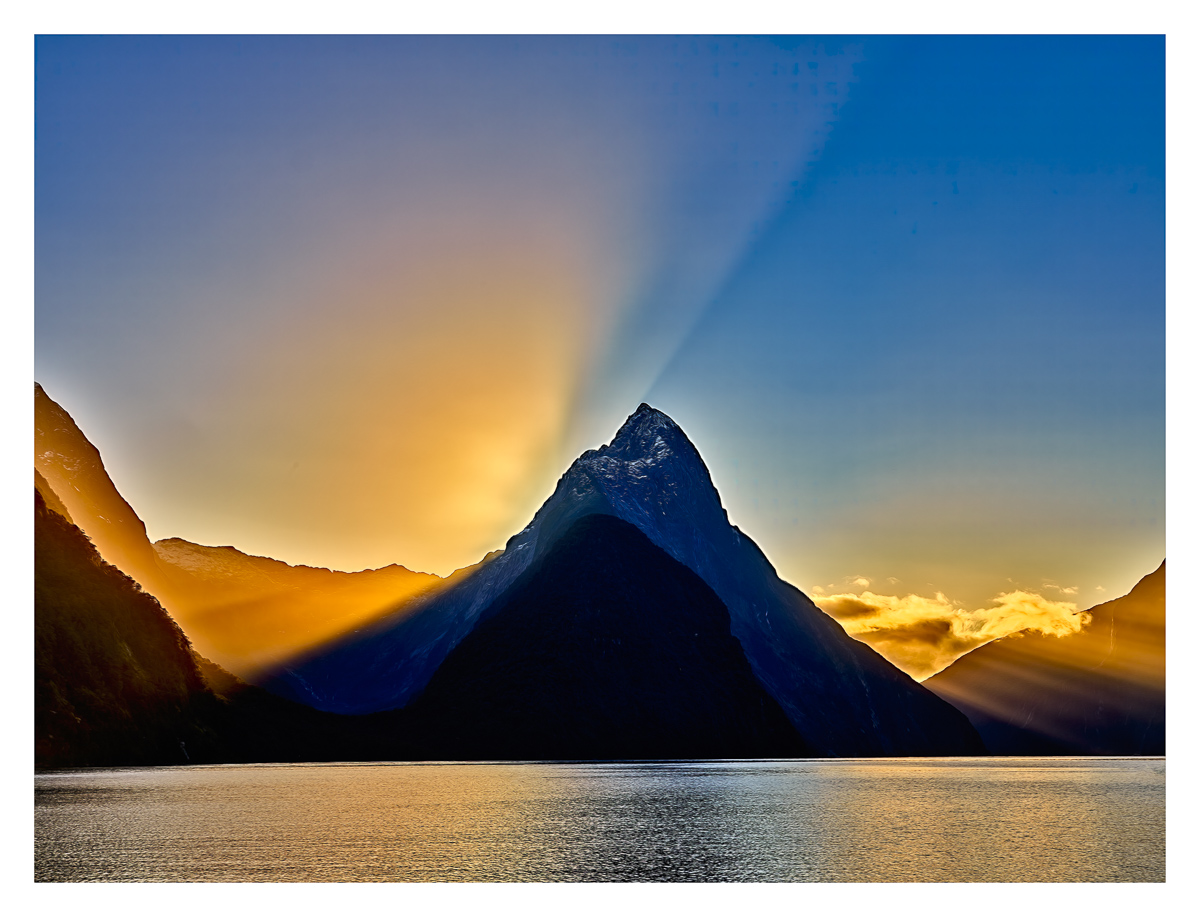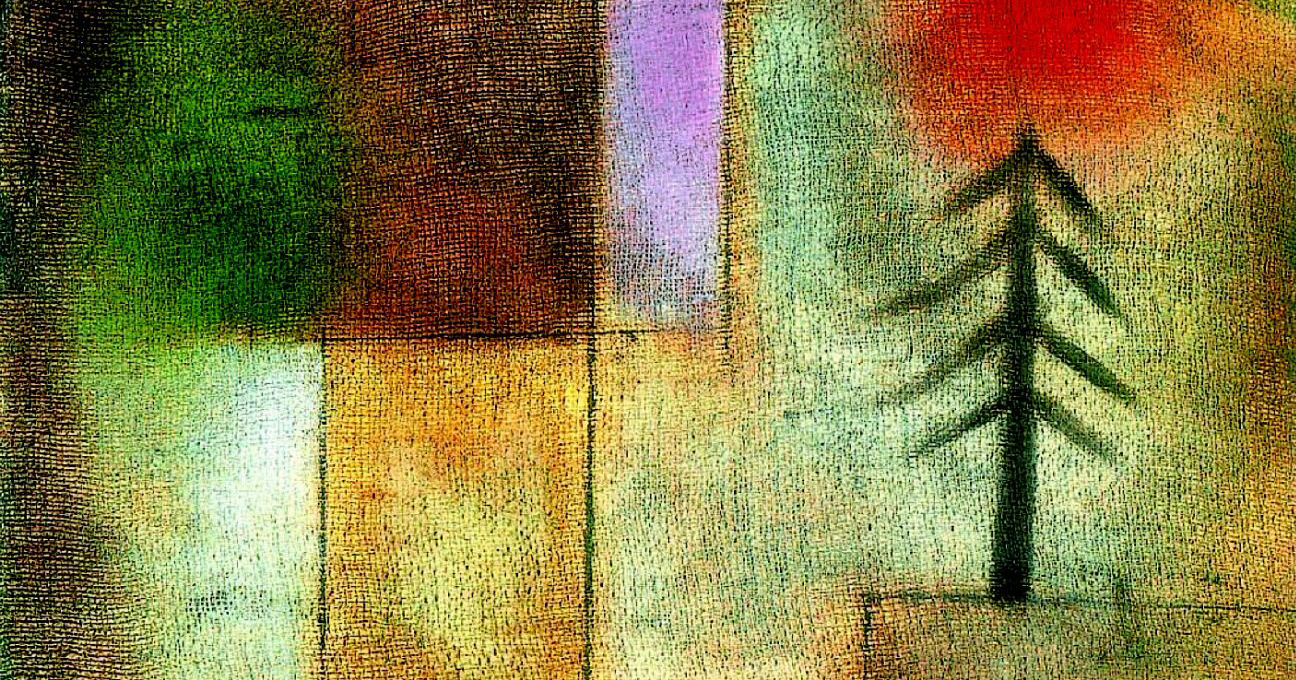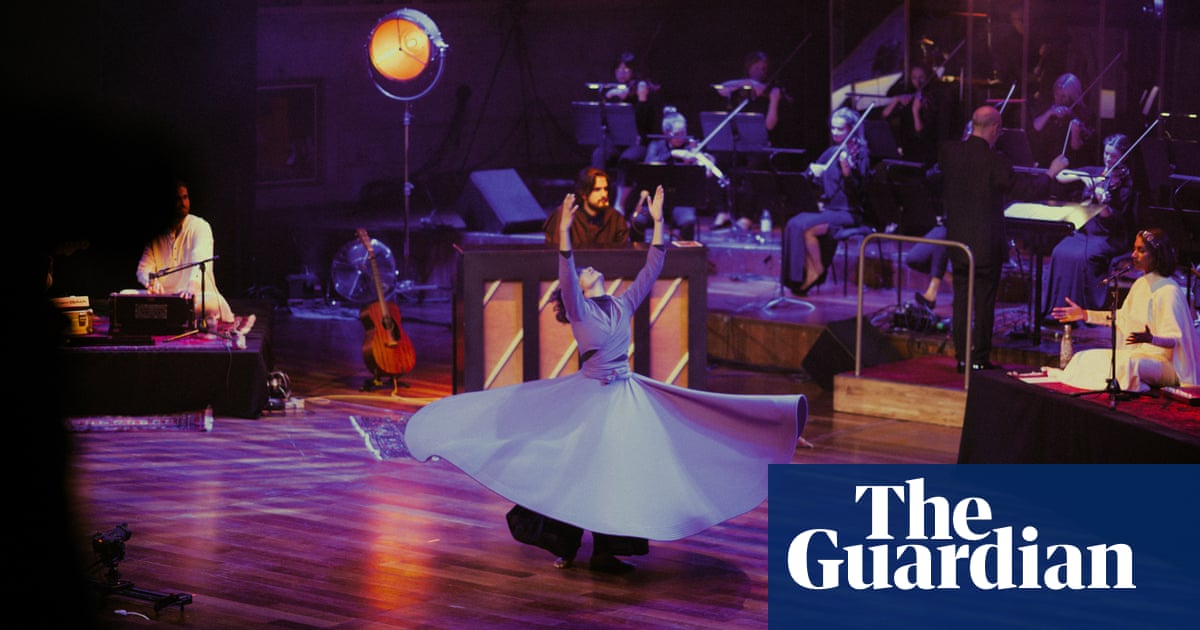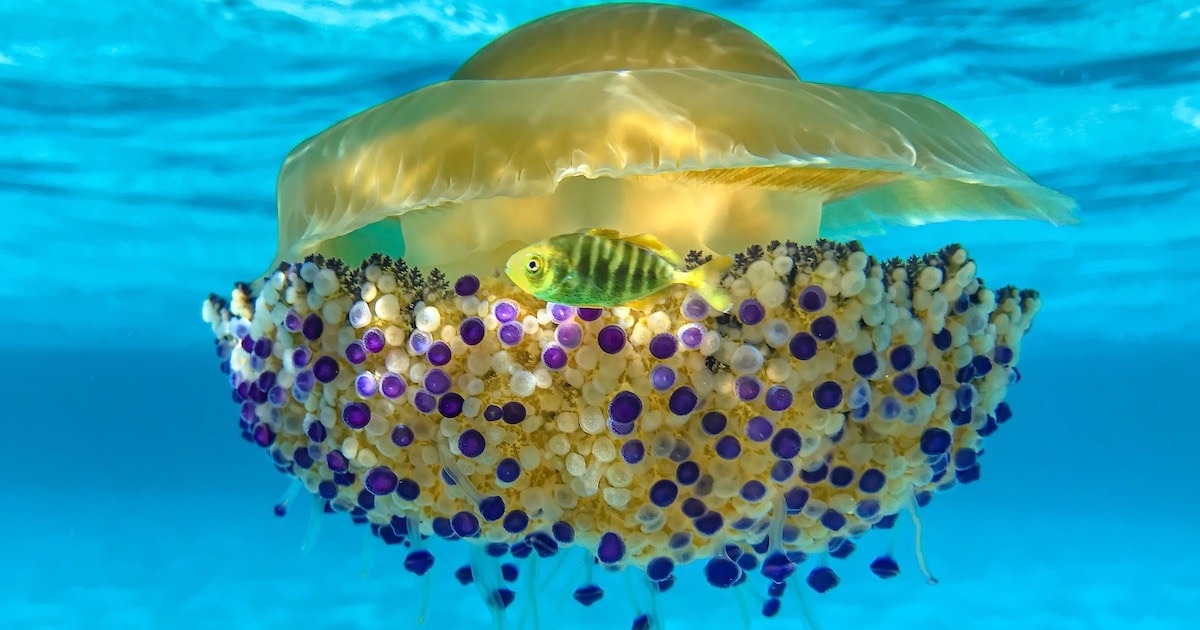- Breathing Light
- Posts
- Breathing Light Issue #55
Breathing Light Issue #55
On playing the harp of the wind

In this issue
Taku Mahi Toi o Te wiki-My Image of the Week
Koorero Timatanga-Frontispiece
Photographer's Corner-on loathing your tripod. And why you need one.
Waiata mou te Ata-Poem for the day
Fevered Mind Links (to make your Sunday morning coffee go cold)
Koorero Whakamutunga-Endpapers
My Image of the Week
Taku mahi toi o te wiki

Koromatua 2023, Manapōuri Fiordland | Fujifilm GFX 100, GF 45-100/4
“Forget not that the earth delights to feel your bare feet and the winds long to play with your hair."
Playing the harp of the wind.
Sometimes the parts are greater than the sum of the whole.
I haven't been near the grand landscape, photographically speaking, in well over a year.For most of the last eighteen months, my vision has been directed at my feet, studying the world writ small. The small things, plants, leaves, the seasons and the like, have held my attention. For someone who has spent the last fifteen years looking out and upwards, to look and then downwards has been quite a journey. My friends, the plants and the trees have had much to teach me, and I've been delighted to be their willing student. I've wandered amongst trees and flowers, accompanied by bees and birds, studying and conversing and perfectly happy to look close in, to hear their story and attempt to document it.Whenever I go from here to there or from there to here, I look out at the land, seeing little but the labels and feeling somehow separate from its essence. Occasionally I have noticed beautiful cloudscapes or light effects and made some effort to engage with them. Inevitably, noting my relative lack of interest, the land has turned its back on me. When I arrived, ready to make an image, what I initially saw disappeared.I suppose you can't be in two minds at once.Then yesterday (Friday), that changed.
A few weeks ago, I noticed that rather than looking down, I was looking up, watching the wind and the cloud rollers wandering across the sky.I had to go into town (a two-hour drive) to get a towbar fitted on my car (that's a tow hitch for those of you readers in North America). So I left around 6 am for my appointment at 8 o'clock. As I drove in, I could see that the weather was on the turn., Days and weeks of settled weather and hot summer temperatures in the early 30s were about to give way for a few days to some lovely cold fronts coming up from the south. It really was a red sky in the morning. I put my foot down and ignored the warning.I was in town all day and finally left for home around 4 pm. It was rather lovely to navigate my way through and around grumbling storm cells dragging their rain skirts across the Southland plains. If nothing else, the weather was dramatic, and the cloudscapes made a change from the tedious, flattened blue overarch of the weeks before. You can have too much of a good thing.Then, as I drove down the long straight to the Key, which points directly at Lake Manapouri and the Cathedral mountains, I saw that the storm front from the southwest was pushing its way north past Dusky and Doubtful Sounds. The wind was doing its best to reach across the lake but failing miserably. The late afternoon sun was punching holes in the cloud and sending light down through them, drifting shafts that pick their way across the face of the shadowy and shadowed mountains.I hadn't intended to take the camera, but as I was walking out the door, the Inner Voice, which has guided me down the decades, told me, in no uncertain terms, to put it in the car. For once, at least, I obeyed.I couldn't take my eyes off what was happening in the distance; it was mesmerising and somehow calling to me, inviting me to bring my camera to a party for two.For the first time in a long time I was feeling a familiar rising tension in my puku (stomach), that feeling which comes when the land is calling to you.I had a choice: I was only twenty minutes from home, from a cold drink and rest after twelve hours on the road, or adding on another forty minutes and taking a long detour in the hope of making another likeness of the land. I could choose to carry straight on, or turn left onto Hillside Road, drive another fifteen minutes, and hope it was still there when I arrived.I turned left.
I almost drove through the intersection and over the bank in haste to get there but corrected myself at the last second.When I reached the edge of the lake, the drama continued, and the final act was yet to happen.Four years ago, almost to the day, Koromatua, known around here as the Sentinel, a strange little hill that looks somewhat like a sphinx covered in bush, a place which has talked to me on many levels and at different times, showed me that, while he has big brothers rising massively up behind him, he is the one running the show. I made a picture (I've included it below), and despite visiting the place many times, it has never repeated itself.Not once.I got out of the car with my camera, hoping I was about to see something equally profound and spectacular. But, unfortunately, I wasn't holding my breath because the small hill was shadowed and tucked away.Then Te Raa, the Sun, reached a fiery hand down into the dough clouds, prised a hole in them, and breathed down a soft liquid shaft of light which gently wrapped itself around Koromatua.

Koromatua, Rota-Ua,2019, Fiordland | Fujifilm GFX 50r, GF 120/4
Frontispiece
Koorero Timatanga

Taawhirimaatea, Manuherikia, Central Otago | Nikon D810, Tamron 15-30/2.8
" Just imagine becoming the way you used to be as a very young child, before you understood the meaning of any word, before opinions took over your mind. The real you is loving, joyful, and free. The real you is just like a flower, just like the wind, just like the ocean, just like the sun. "
Atamaarie e te whaanau:
Good morning everybody.Last week one of my readers, a dear friend and a man of science, sent me an email expressing his frustration at how I described clouds and how they form. He wasn't sure whether it was misinformation on my part or a lack of knowledge. I will go with the latter option, to plead ignorance (from the Latin verb ignoro = I do not know). He also sent me a great link explaining how clouds form. I promptly went away and read it. Having done so, I realised how little I know about how clouds form. And weather in general. So a big thank you to him. This Bear of Little Brain has had a small amount of extra knowledge loaded into his database.It did get me thinking about how I tend to broad-brush things, and a couple of memories came to me. I remember talking with a fellow art teacher at the high school where I taught. The art department had a battered old tuba that the teachers would use during drawing lessons. Over the years, I have heard people say: "oh, I can't draw to save my life". I've always found that rather sad, as anybody and everybody can draw. The problem is the definition of skilful drawing. Most of us think drawing well means emulating Albrecht Dürer, whose hand-eye coordination was phenomenal. Well, it doesn't. Most of us feel, rightly or wrongly, that drawing well means producing a photographic representation in pencil or pen. It doesn't.My colleague, himself a very gifted artist, instead of allowing pupils to labour for hours or days attempting to produce a photographic representation, would give them no more than five minutes to draw the tuba. "Your five minutes begins now…". But, of course, it is impossible to produce an accurate likeness of the instrument and that amount of time. So the students had to simplify and create an impression of the tuba's essence. I imagine some gave up in disgust and threw their pencils across the room or at the teacher.Interestingly, photographers use a machine that encourages us to make an accurate likeness of our subject. And the beginning of the medium's introduction, painters tried to keep up with this "photographic" accuracy for several decades. Then they opted out, beginning with Claude Monet and Impressionism, through Expressionism, Cubism and many other-isms. No longer constrained by a need to be documentary, they express themselves freely.And our culture is the richer for that.Whether true or not, I remember one of my university lecturers talking about Wolfgang von Goethe as the last Renaissance man with, meaning someone across all the faculties. He was a scientist, artist, writer, poet, and playwright. He developed a unique theory of colour, considerably different in structure and philosophy to the conventional colour wheel system we use today. According to my lecturer (I am hiding behind him now), after Goethe, Science and Art parted ways and took their separate paths. I think I get that. For a long time, science and art have stared suspiciously at each other across a vast gulf.However, it seems that the divergence is becoming a convergence, that science and art are drawing closer together. Increasingly scientists and artists are collaborating on shared projects.Each has much to offer the other.And one last thought. Our beloved medium of photography is a game of two halves of the brain. It is a technology based on science (left brain), applied artistically (right brain).
Photographer's Corner-
On loathing your tripod. And why you need one.

Summer, Ballyhooley Rd, Southland | Fujifilm GFX 100, GF 45-100/4
“ We never look deeply into the quality of a tree; we never really touch it, feel its solidity, its rough bark, and hear the sound that is part of the tree. Not the sound of wind through the leaves, not the breeze of a morning that flutters the leaves, but its own sound, the sound of the trunk and the silent sound of the roots.”
I own two tripods; a lovely, fold-up aluminium thing which comes in its own case and fits neatly inside my suitcase when I am travelling, and a carbon fibre serious tripod which will extend to 2 metres.And I loathe them both. Actually, I don't loathe either one. I do, however, loathe having to use them.Being a photographer who prefers to work intuitively and quickly and give thanks to the Great God of Image Stabilisation, I always groan inwardly when I know I'm not going to be able to get away with handholding. That means I'll have to reach into the boot of my car and get out my tripod.And I'm always grateful for having it there. I know it's going to save my bacon.This week I would like to talk about tripods, selecting and buying one, and how to get the best use out of it. My mentor, Richard Poole, would tell all his classes to go and buy the heaviest one they could afford- and then buy the next heaviest one. He had a point. Time and again, when I was teaching photography, I would see my students turn up having spent thousands of dollars on the camera and lenses and then grumbling about parting out eighty dollars for their tripod, many of which would not have kept a framed postcard steady.There is an inflexible rule about tripods:There are good tripods and cheap tripods, but there are no good cheap tripods.Here are some guidelines for buying and using a tripod (in no particular order):-buy a tall tripod so that you can look through the viewfinder without bending over and extending the centre column. Ever. The more you extend the legs, the greater the risk of micro-vibration ruining your image's sharpness. Extending the centre column only makes matters worse. One way to test how good the tripod is likely to be, go into the camera shop with your camera and the heaviest lens you own and then try it on the tripod. Extend all the legs and mount the camera (don't extend the centre column). Now tap the end of the lens barrel with your finger. If there is the slightest trace of vibration, do not buy it. Keep looking. Imagine yourself on a mountainside in a high wind, trying to make the most incredible photograph of all time. All the AI-powered apps in the world will never be able to recover that micro-vibration. You should have purchased a heavier tripod. Also, buying one tall enough that you don't have to bend over will make the photographic experience much more pleasant and save you a fortune on chiropractors' bills.-If you are worried about weight, consider buying a carbon fibre tripod. Granted, they cost a bit more. However, they tend to have greater rigidity than metal tripods and are always much lighter. A nice-to-have, especially on a metal tripod, is a padded foam sock on one of the legs. Your fingers will thank you when you're doing that dawn shot in the middle of winter. It's worth noting that some of the best tripods these days are Chinese and often a fraction of the price of one of the big-name brands like Really Right Stuff. My own Big Boy tripod is a Sirui, with leg clamps that screw rather than using snap locks like many of the Manfrotto tripods. Those snap locks have a natural ability to draw blood! There are also easier to use when you wear gloves.-Everybody has their preference when it comes to tripod heads. Some people favour ball heads; others prefer geared heads or even pistol grips. That's entirely up to you in the way you like to work. What I do suggest, however, is that you choose one with an Arca-Swiss quick-release system, where the plate screwed to the bottom of your camera slides into a groove on the head and then locks.Why?Because more of your camera is in contact with the tripod head, the risk of vibration is minimised. There is also less risk of the camera accidentally detaching from the tripod and biting the dust. Remember to buy spare mounting plates for all your telephoto lenses with mounting collars and attach one to each lens for easy access and use.-Another tip. When out in the field, position your tripod, so one leg always points towards your subject. If you are using a long lens, the weight of the lens will be over the front leg and, therefore, more stable.-One last tip. To improve the stability and rigidity of your tripod, make a loop from a length of bungee cord with a big enough noose at the end for your foot. Then, put your foot in it and press down towards the ground when photographing. Alternatively, some tripods have hooks underneath, and you can hang your camera bag from it, also improving rigidity.Remember that your tripod can be a great friend, even when you don't particularly like having to use it.
Waiata Mou Te Ata-Poem For the Day
The Wind and William Turner

Pukerangatira ki Tauwhare, Hokianga, Northland | Nikon D810, Tamron 70-200/2.8
“ How long can men thrive between walls of brick, walking on asphalt pavements, breathing the fumes of coal and oil, growing, working, dying, with hardly a thought of wind, and sky, and fields of grain, seeing only machine-made beauty, the mineral-like quality of life?”
The wind and William Turner
Since the theme of this week's newsletter is wind, and since I've been busy all week, I thought I would take a shortcut and post a poem I wrote a year or two back. I was looking up at the skies and passing clouds, thinking they looked particularly watercolour and wondering how the great artist, William Turner, would have painted them incidentally if you haven't seen the wonderful Timothy Spall as William Turner in Mr. Turner, then you are in for a real treat.
The wind and William Turner
The warm watery-eyed wind has come,
stumbling purselipped from the west,
pompous and full of circumstance
to paint the freshly ground canvas of the day,
driving grumbling cloud herds east
into the softswishing pastel fields of morning,
layering thick slathers of grey grimbrowed pigment
onto the translucent yellow underwear of the day,
and lacy fineries of airbrush overbrush strokes to remind us
of his easy easel mastery.
As an afterthought he paints in
unravelling twists of sunglowed geese
and,
because he can’t leave his inkwell alone,
he washes in a tautly-strung rainbow.
O really?
(I raise an eyebrow cautiously).
Well, you do better, he grumps
and stumps hunchbacked away
reminding me
that you never finish a work.
You only ever abandon it.

Fevered Mind Links (to make your Sunday morning coffee go cold)
End Papers
Koorero Whakamutunga

Outhouses, Falls Dam, Manuherakia, Central Otago | Canon 1Ds Mk II, EF 24-70/2.8
“The wind is made of haunting soulsthat moan and groanin whistles and whispers.This ghostly choir chills the breezeand orchestrates a rise of goose bumpson my skin.”
On the power of Nature
About twelve years ago, I was working on a book, Outdoor North (out of print), and late one afternoon, we drove up onto the eastern slopes of Mount Tarawera, near Rotorua in the Central North Island. I'd always looked at the volcano from a distance or the air; somehow, it hadn't seemed that awe-inspiring.We got out of our vehicles, and the others went for a walk uphill and along the crater rim. I opted to stay behind because, frankly, I was terrified.I stood on the edge, staring down into the crater, filled with vertigo and a terrible fear that I might topple into it. It's not that I was going to be boiled alive (dead) in molten lava, but the size, scale and sheer power of what I was looking at frightened the hell out of me.Beneath my feet, I could feel all that raw energy rumbling beneath the earth's fragile crust.I think it was then I realised the sheer power of nature. Living as most of us do in our own homes with manicured gardens, we tend, I feel, to be blinkered and see ourselves as more significant than we indeed are.Until some cataclysmic natural event reminds us of what can happen.It is always seemed to me that our function as a species is to be the kaitiaki (guardians) of our glorious blue planet.At any moment, Papatuuaanuku can tear up our contract, either individually or as a species. And what are we going to do about that?What can we as individuals, as a collective and as a species do to put things right?
As always, walk gently upon our Mother and be kind to each other.He mihi arohaa nunui ki a koutou katoa
Much love to you all,
Tony








:max_bytes(150000):strip_icc()/__opt__aboutcom__coeus__resources__content_migration__serious_eats__seriouseats.com__recipes__images__2015__09__20150909-nicoise-salad-vicky-wasik-9-1a849c1baf5e4ce0a48bd6cd386ded94.jpg)




Reply